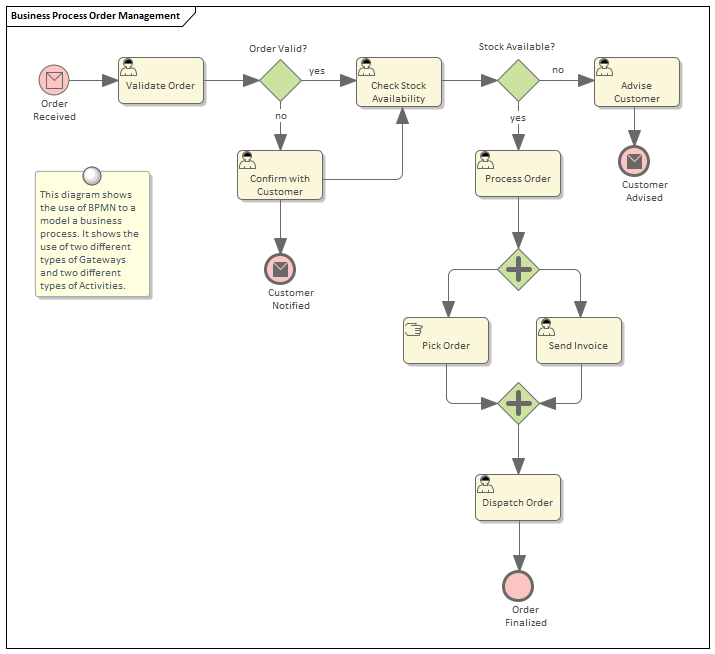An effective implementation of Business Process Management (BPM) is an essential component to the efficiency and overall performance of a business. BPM is multi-layered and covers a wide range of disciplines, though its universal purpose is to optimise performance.

Benefits
A successful BPM has the following benefits:
- Optimises the business process and operation.
- Provides control and unification of a range of processes.
- Decreases costs and inefficiency of operations.
- Increases business agility, making it more adaptable to an ever-changing market.
This all results in a better experience for the customer. By optimising the internal processes of a business, a successful BPM cultivates a greater reputation and a customer base who will be more inclined to use its services in the future.
Of course, achieving these results isn’t always easy. A poorly implemented BPM will have damaging effects on a business’s efficiency, productivity, and reputation. Symptoms of bad BPM include:
- Lack of a standardised process which can address the day-to-day operational needs of a business.
- Unmet targets and expectations.
- Poorly implemented processes which result in lack of training and strained methods of communication.
- Processes which are capable only of reacting to emerging issues rather than offering proactive solutions to potential problems.
- A lack of agility, preventing the business from being able to adapt to changes in the market.
Fortunately, there are steps that can be taken to avoid these symptoms ever taking root. The use of Service Orientated Architecture (SOA), for instance, is a sure-fire method of building a stronger BPM. Simply put, SOA provides an architectural approach to software design, and BPM can be classed as a technology that fits into this architecture.
Indeed, a BPM can be built without SOA, though doing so would be like trying to build a highway through a city rather than building a city around a pre-existing highway. BPM looks at business processes in a graphical format and manipulates various channels without delving too deep into any software. It works, but squeezing these processes into unaccommodating software makes it fundamentally weak.
Using SOA, however, allows one to build from the ground up. IT components are designed to carry out a basic function of the business, such as ‘Get Customer Details’. From there, you can use BPM to model more nuanced processes and then implement it into the foundations provided by SOA. For example, with BPM you could implement a tool that can carry out impact analysis of potential process changes. This kind of tool would not typically be found in the portfolio of an SOA, though its implementation would be made significantly easier by it.
By utilising both SOA and BPM, you can create a stronger network of business processes. There are, however, a few extra things to consider in order to get the most out of SOA and BPM. Some of these include:
- An understanding of the business architecture.
- Knowledge of the business processes, metrics, strategy and goals.
- The use of proven process design methodologies.
- Clearly defined roles and responsibilities.
- Regular reviews to ensure continued improvement.
Ultimately, a successful BPM will simplify and streamline the lives of everyone involved, the results of which will speak for themselves.


